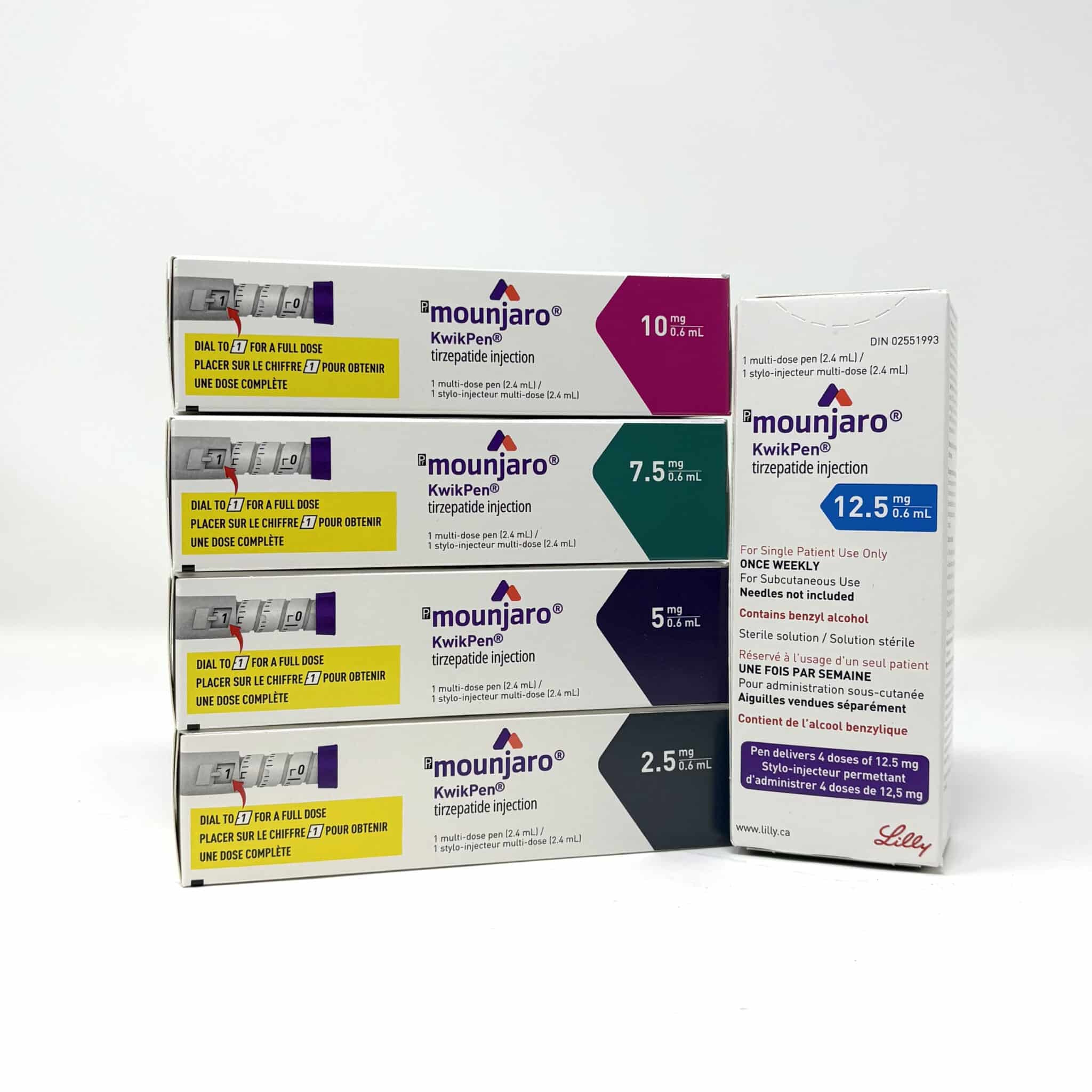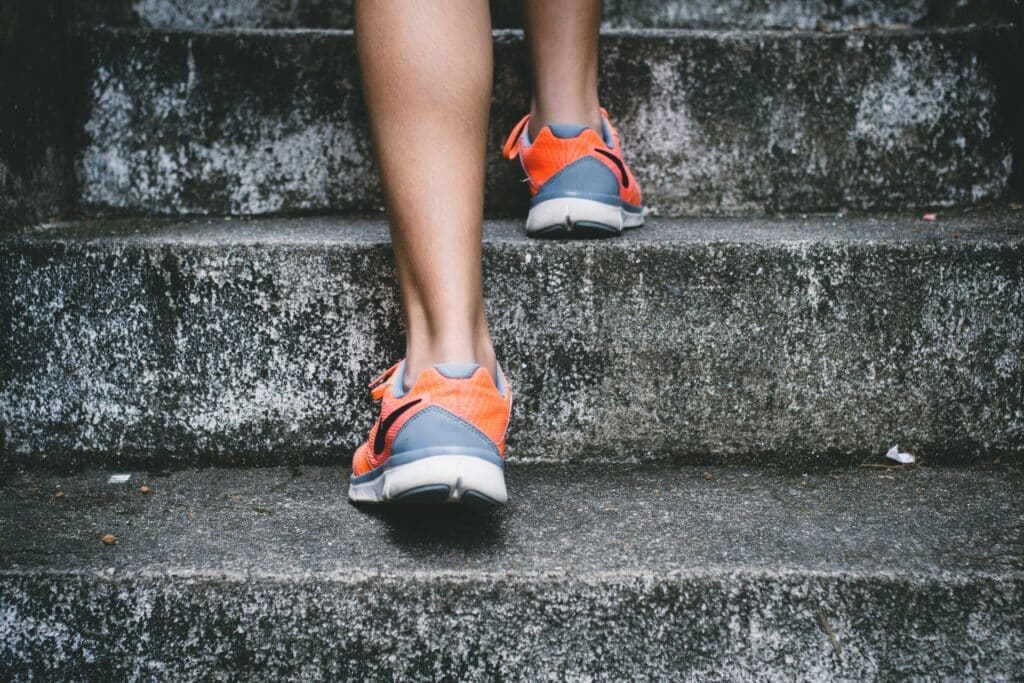Mounjaro and Exercise: How Physical Activity Boosts Its Effects on Weight and A1C
Mounjaro and Exercise: How Physical Activity Boosts Its Effects on Weight and A1C
- Jason K
Mounjaro (tirzepatide) has emerged as a game-changing medication for Type 2 diabetes and weight loss. Its unique dual-action mechanism targets both insulin resistance and appetite regulation, making it a powerful tool for managing blood sugar levels and promoting weight reduction. However, the benefits of Mounjaro can be further amplified when paired with regular exercise.
This article explores how combining Mounjaro with physical activity can optimize its effects, the types of exercises best suited for diabetes and weight loss, and tips for getting started.
How Mounjaro Works
Mounjaro is a GLP-1 and GIP receptor agonist that improves insulin sensitivity and helps regulate appetite. By targeting two hormones involved in blood sugar control and digestion, it not only reduces A1C levels but also supports significant weight loss.
While Mounjaro is effective on its own, adding exercise to your routine enhances its impact in several ways:
- Improved Insulin Sensitivity: Exercise increases glucose uptake by muscles, complementing Mounjaro’s effects on blood sugar.
- Faster Weight Loss: Physical activity burns calories, accelerating the weight loss process initiated by Mounjaro.
- Better Cardiovascular Health: Both Mounjaro and exercise reduce risk factors for heart disease, such as high blood pressure and cholesterol.
The Synergistic Benefits of Mounjaro and Exercise
1. Enhanced Blood Sugar Control
Exercise helps muscles absorb glucose more effectively, reducing blood sugar levels without requiring as much insulin. This complements Mounjaro’s ability to stimulate insulin production and decrease glucagon secretion. Together, they work to keep blood sugar levels within a healthy range.
2. Accelerated Weight Loss
Mounjaro suppresses appetite, making it easier to stick to a calorie deficit. Adding exercise to the equation increases caloric expenditure, leading to faster and more sustainable weight loss. Activities like walking, swimming, or resistance training can help shed extra pounds while preserving muscle mass.
3. Reduced Risk of Complications
Physical activity improves circulation, lowers blood pressure, and strengthens the heart. When paired with Mounjaro’s metabolic benefits, exercise reduces the likelihood of diabetes-related complications such as neuropathy, retinopathy, and kidney disease.
4. Improved Mental Health
Both Mounjaro and exercise can boost mood and energy levels. Regular physical activity releases endorphins, reducing stress and anxiety often associated with chronic conditions like diabetes. Combined, they promote a positive outlook and better overall quality of life.
Best Exercises for Patients Taking Mounjaro
When choosing exercises to pair with Mounjaro, focus on activities that align with your fitness level and health goals. Here are some effective options:
1. Aerobic Exercises
Aerobic activities improve cardiovascular health and burn calories.
- Examples: Walking, jogging, cycling, swimming, and dancing.
- Benefits: Increases heart rate, improves blood circulation, and aids in weight loss.
- Tip: Start with 30 minutes of moderate activity five days a week, as recommended by the American Diabetes Association.
2. Resistance Training
Strength training helps build and maintain muscle mass, which boosts metabolism and enhances glucose uptake.
- Examples: Weightlifting, bodyweight exercises (like push-ups and squats), or resistance band workouts.
- Benefits: Improves insulin sensitivity and supports healthy weight loss.
- Tip: Aim for two to three sessions per week, targeting major muscle groups.
3. Flexibility and Balance Exercises
These exercises reduce the risk of injury and improve overall mobility.
- Examples: Yoga, Pilates, and tai chi.
- Benefits: Enhances flexibility, balance, and stress management.
- Tip: Include flexibility exercises as part of your warm-up or cool-down routine.
4. High-Intensity Interval Training (HIIT)
HIIT involves short bursts of intense activity followed by rest periods.
- Examples: Sprinting, cycling, or circuit training.
- Benefits: Maximizes calorie burn in a short time and improves cardiovascular fitness.
- Tip: Consult your doctor before starting HIIT if you’re new to exercise or have cardiovascular concerns.
Getting Started: Tips for Combining Mounjaro and Exercise
1. Consult Your Healthcare Provider
Before starting a new exercise routine, discuss your plans with your doctor. They can help determine the best activities based on your health, fitness level, and Mounjaro dosage.
2. Start Slow and Build Gradually
If you’re new to exercise, begin with low-impact activities like walking or swimming. Gradually increase the intensity and duration as your fitness improves.
3. Monitor Blood Sugar Levels
Exercise can lower blood sugar levels significantly, especially when combined with medications like Mounjaro. Monitor your blood sugar before, during, and after workouts to avoid hypoglycemia. Always carry a source of fast-acting carbs, such as glucose tablets or fruit juice, in case of low blood sugar.
4. Stay Hydrated
Proper hydration is essential, especially during exercise. Drink plenty of water before, during, and after your workout to stay energized and support your body’s metabolic processes.
5. Set Realistic Goals
Set achievable goals to keep yourself motivated. Whether it’s walking a certain number of steps per day or losing a specific amount of weight, tracking your progress can help you stay committed.
FAQs About Mounjaro and Exercise
1. Can I exercise immediately after taking Mounjaro?
Yes, but if Mounjaro causes nausea or gastrointestinal discomfort, it’s best to wait until symptoms subside before engaging in physical activity.
2. Does exercise enhance the weight loss effects of Mounjaro?
Absolutely. Exercise increases calorie expenditure and muscle mass, both of which complement Mounjaro’s appetite-suppressing and metabolic benefits.
3. What should I eat before and after workouts?
Before workouts, focus on complex carbohydrates for sustained energy. After exercise, include a mix of protein and carbs to support recovery and muscle repair.
4. Can Mounjaro cause low blood sugar during exercise?
Mounjaro is less likely to cause hypoglycemia than insulin or sulfonylureas. However, it’s still important to monitor your blood sugar levels, especially during prolonged or intense exercise.
Conclusion
Combining Mounjaro with regular exercise is a powerful strategy for managing Type 2 diabetes and achieving weight loss goals. By enhancing blood sugar control, accelerating weight loss, and improving overall health, this dynamic duo offers patients a way to take control of their condition and lead a healthier, more active life.
Whether you’re walking around your neighborhood or lifting weights at the gym, every step brings you closer to better health. Talk to your healthcare provider about incorporating exercise into your Mounjaro treatment plan and start reaping the benefits today.
Reference:


